Red pigments, used since prehistoric times, have come to mean many things. Sometimes the symbol of the feminine, sometimes the symbol of the masculine, the color red is a part of the psyche of many different cultures. The first red pigment was undoubtedly Red Ocher. Red Madder is another natural red pigment that shares Ochers' non-toxic status.
As well as natural sources, other red pigments have historically been manufactured such as Red Lead, Vermilion, and later the invention of Cadmiums in 1907. Unfortunately, most manufactured red pigments are also toxic. Today we have alternatives such as those we carry at the Earth Pigments Company.
Below are the reds we offer grouped by pigment category, (all of course are non-toxic, free of any heavy metals or other harmful ingredients). Each red is shown in a clear base and various white opaque bases to reveal their undertones. In saturated mediums the differences between the reds can sometimes be subtle.
Even in white mediums where undertones become more apparent, reds become varying, subtle shades of pink that are sometimes hard to capture well in pictures. Whether in clear or opaque mediums, there will be differences between them. It can depend on the medium used and its base color which can affect the final color.
Natural Earths and Ochers
Natural Earths and Ochers feature all natural pigments that are permanent to UV and compatible with all mediums.
A natural red with an orange undertone. This Ocher comes from France, designated as R 102.
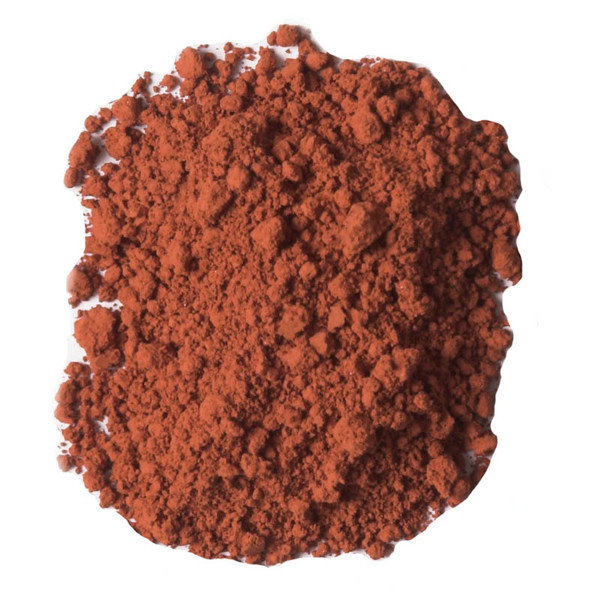
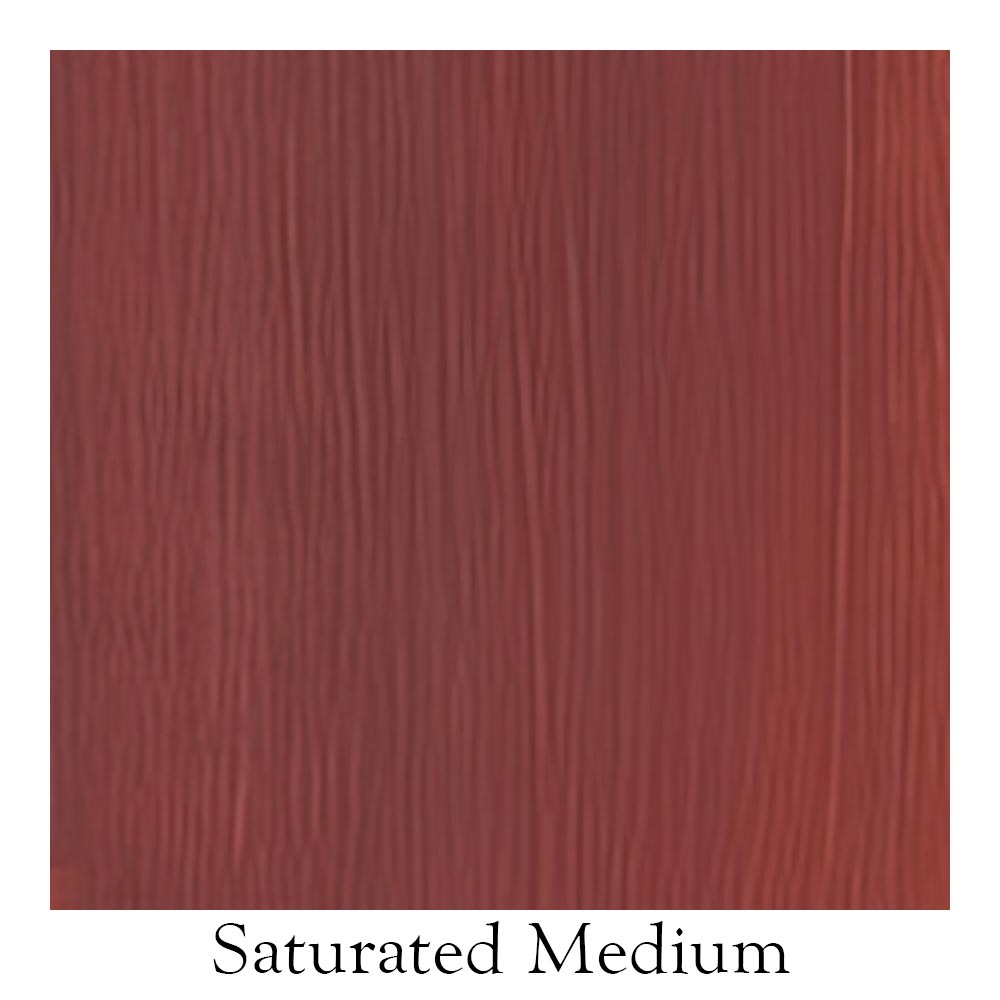
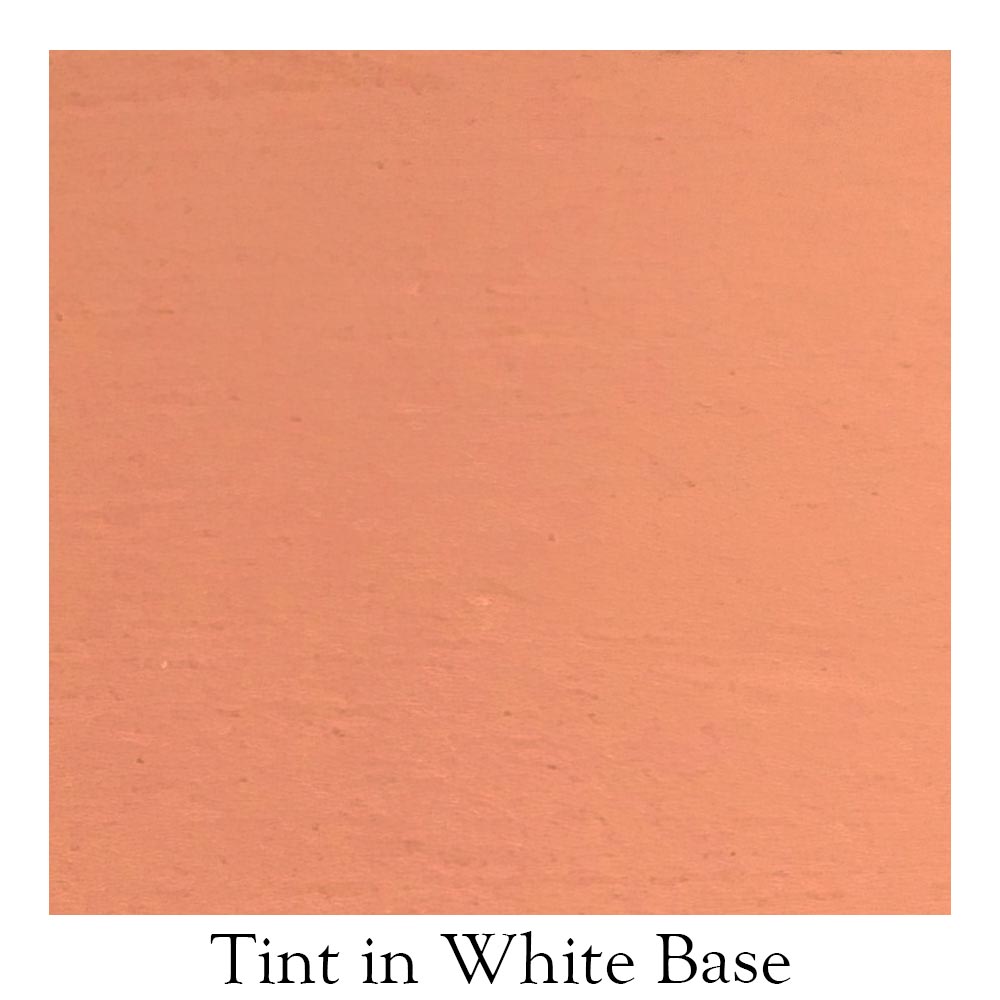
A natural iron oxide with purple/brown undertones. This pigment comes from India and is designated R 102.
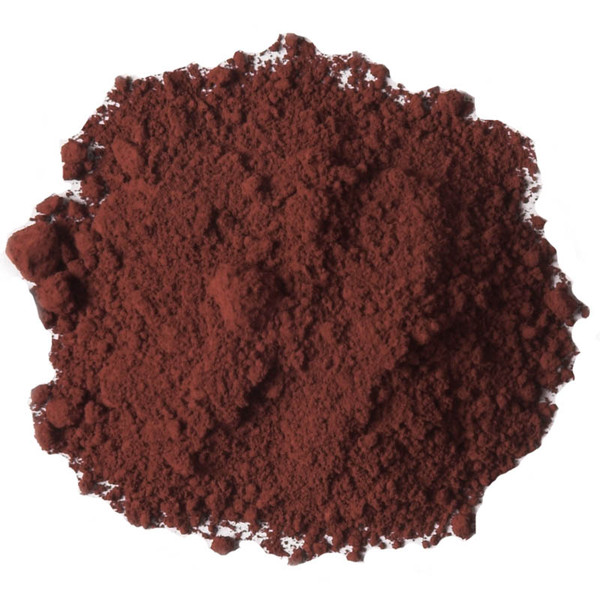
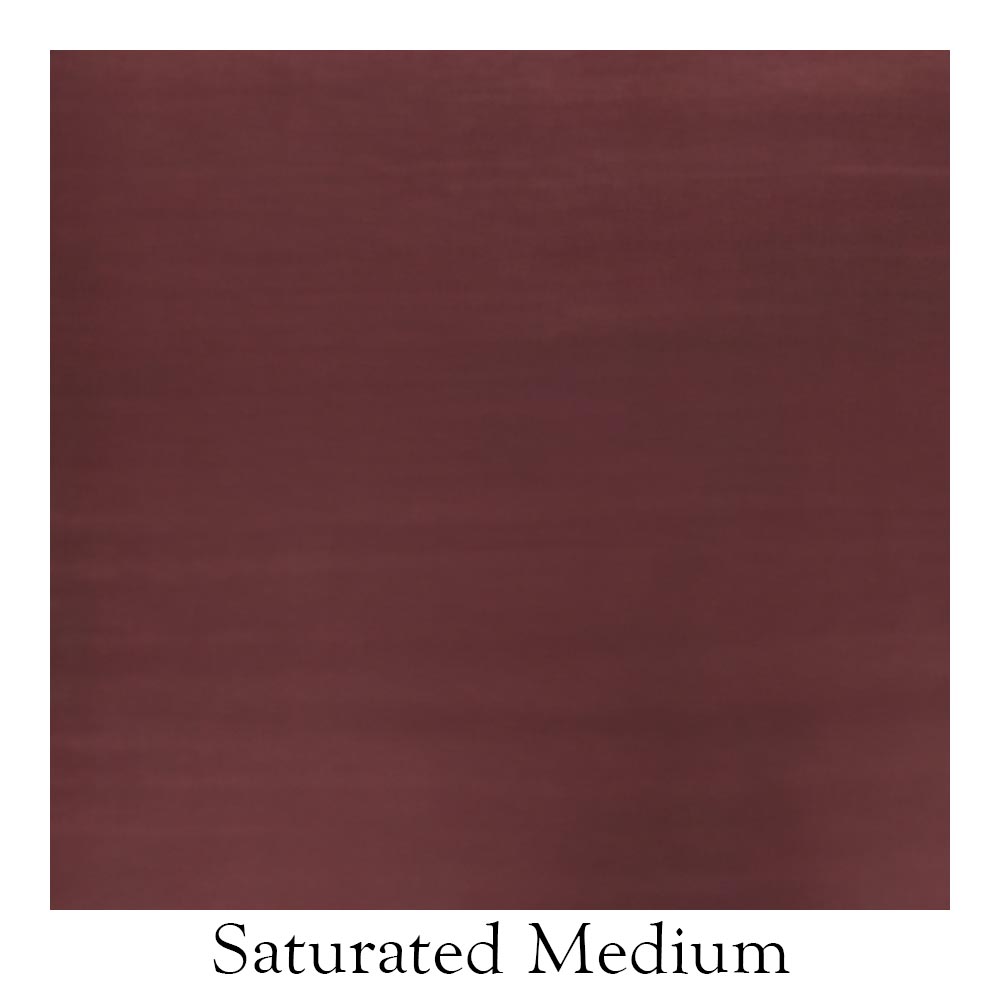
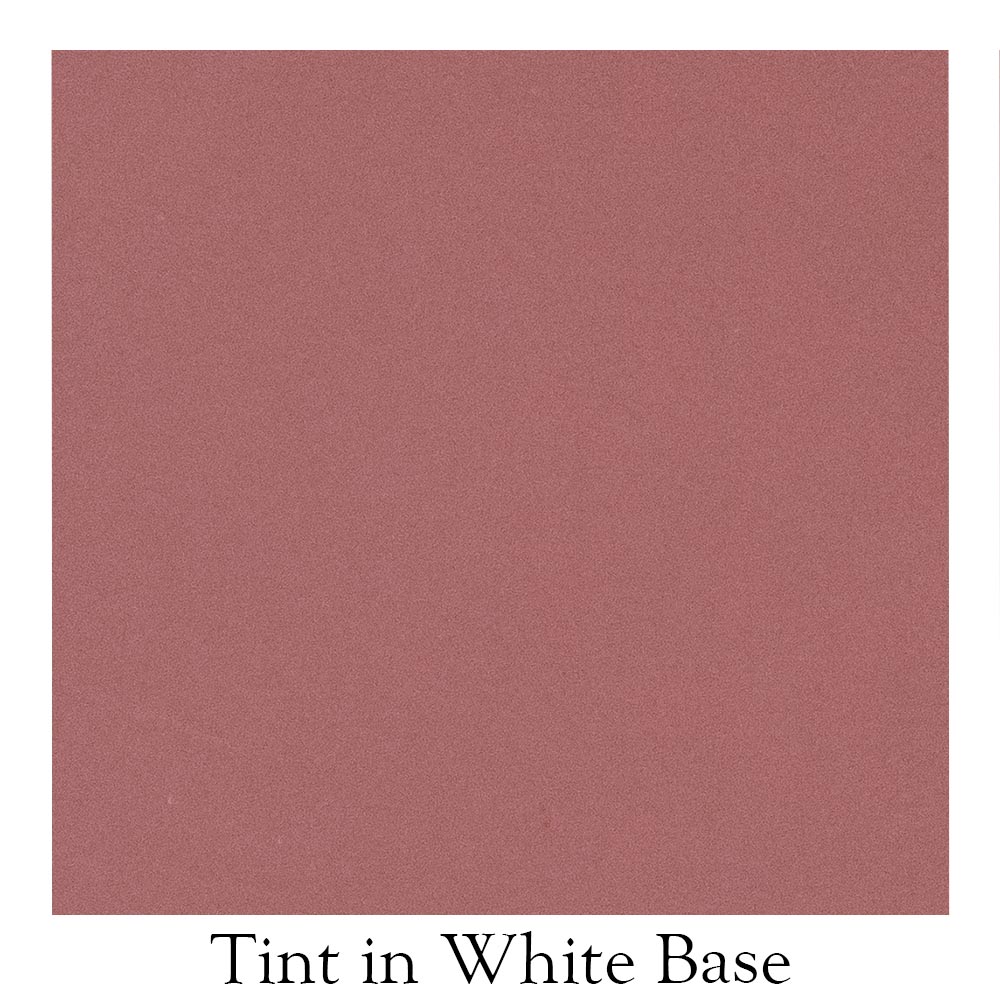
A fiery natural red with more orange aspects, this red earth is from Italy. Pigment designation R 102, mined from the quarries in San Giovanni Ilarione.
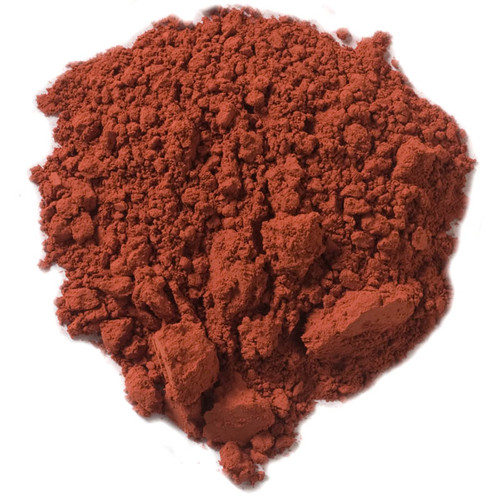
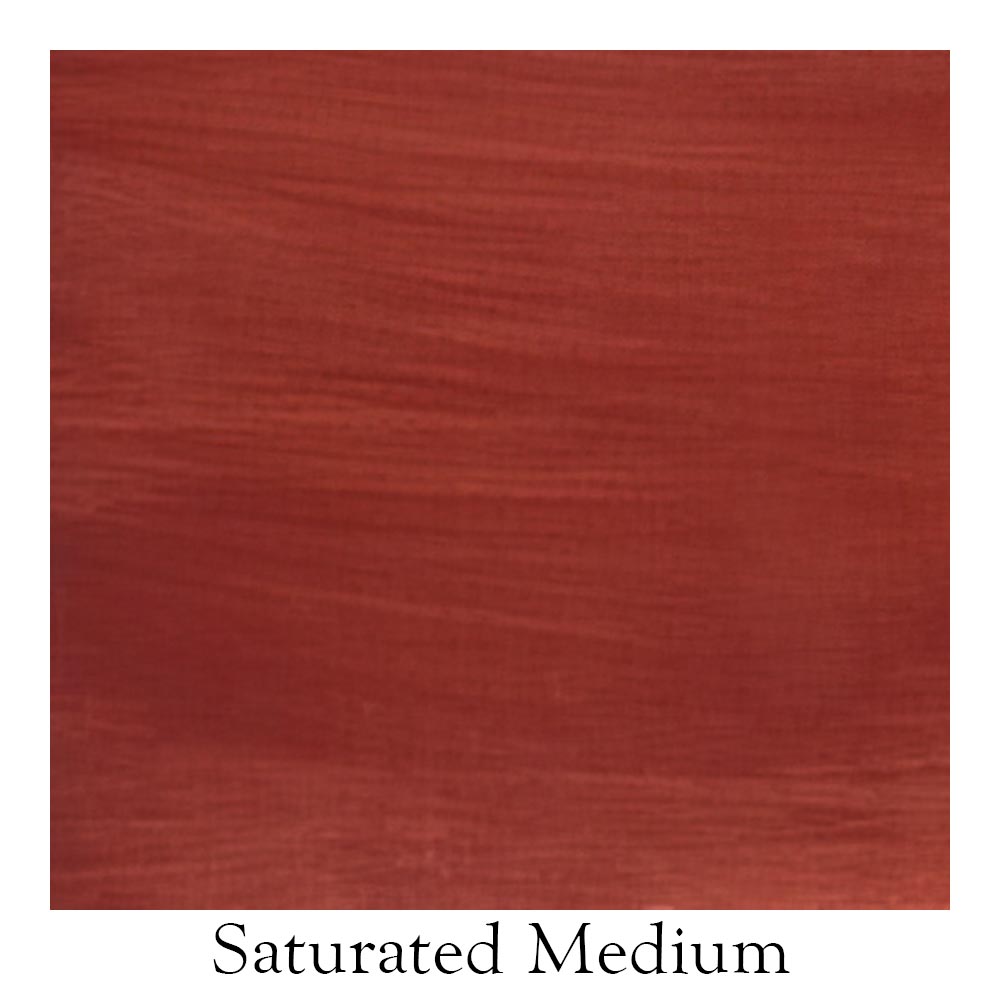
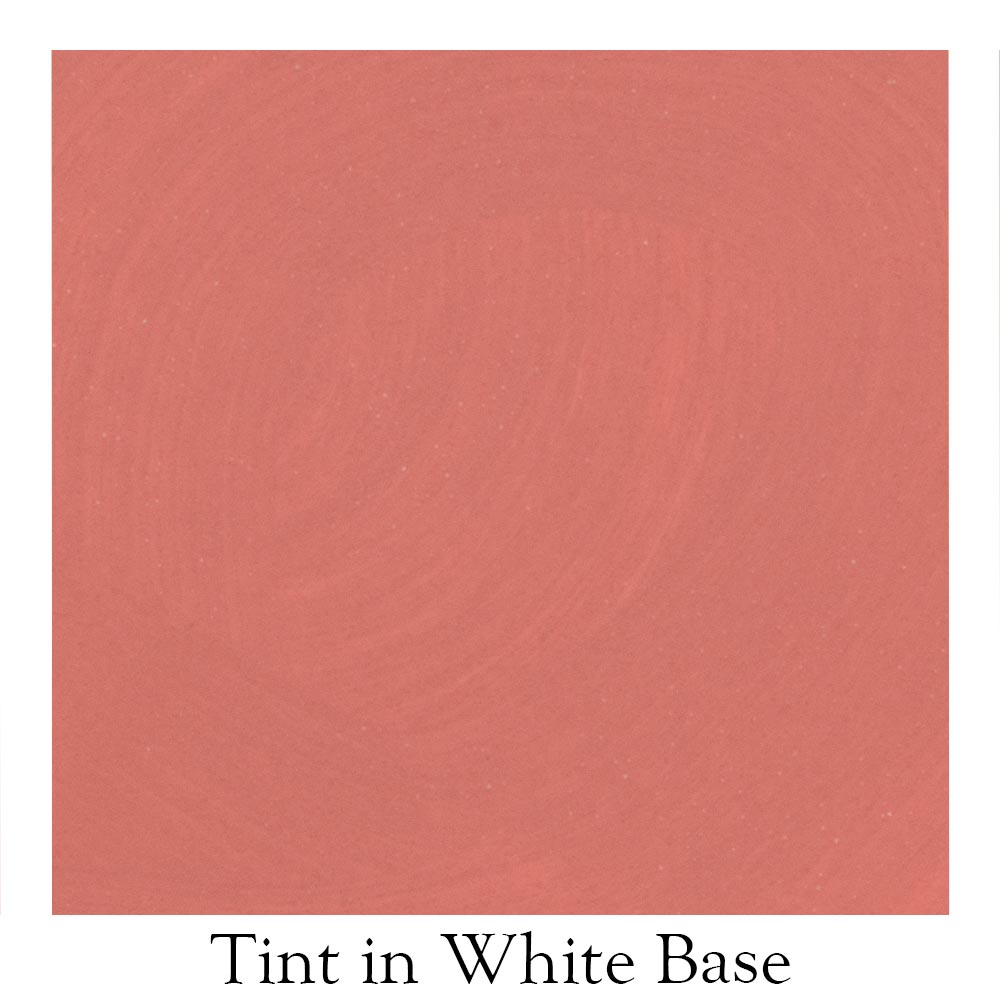
A natural red with orange and some pink undertones. This red earth is also from Italy, pigment designation R 102, from the Verona region.
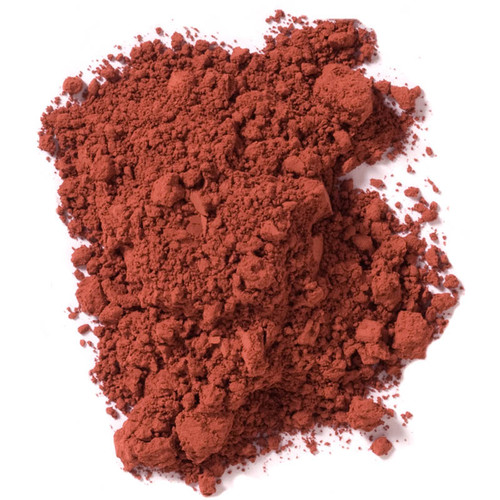
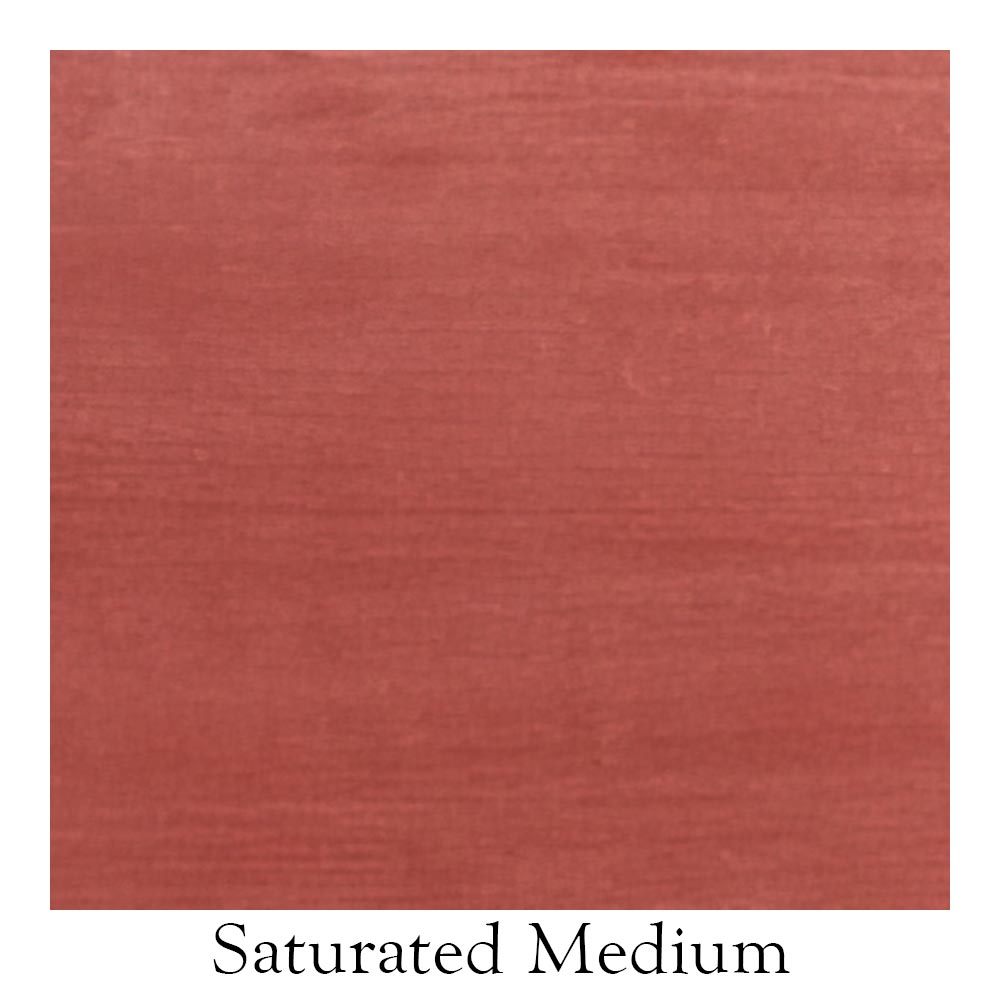
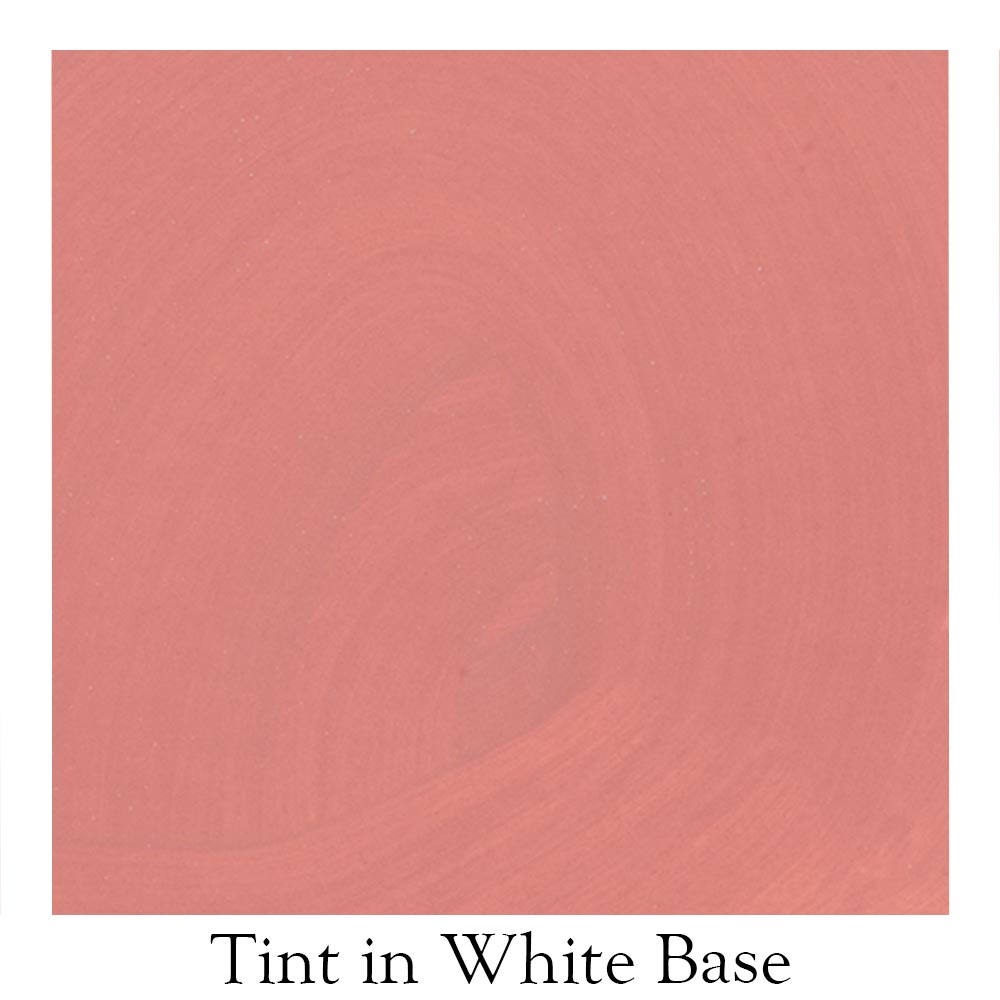
Minerals
French Mineral Pigments, (exclusive colors from our parent company in Provence) are Oxides mounted on a natural base which creates a pigment with a lovely semi transparent nature.
A decidedly purple red aspect, this Blackcurrant Red is smooth mixing, designated as R101.
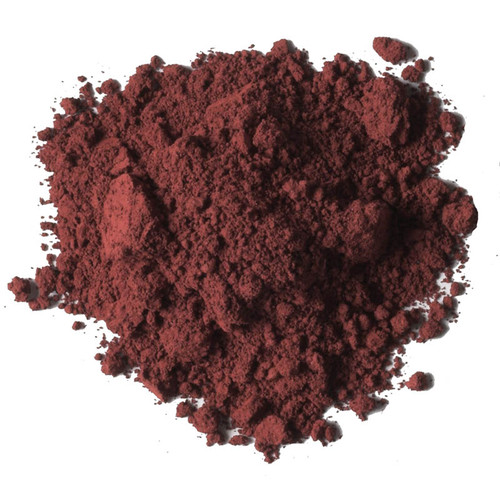

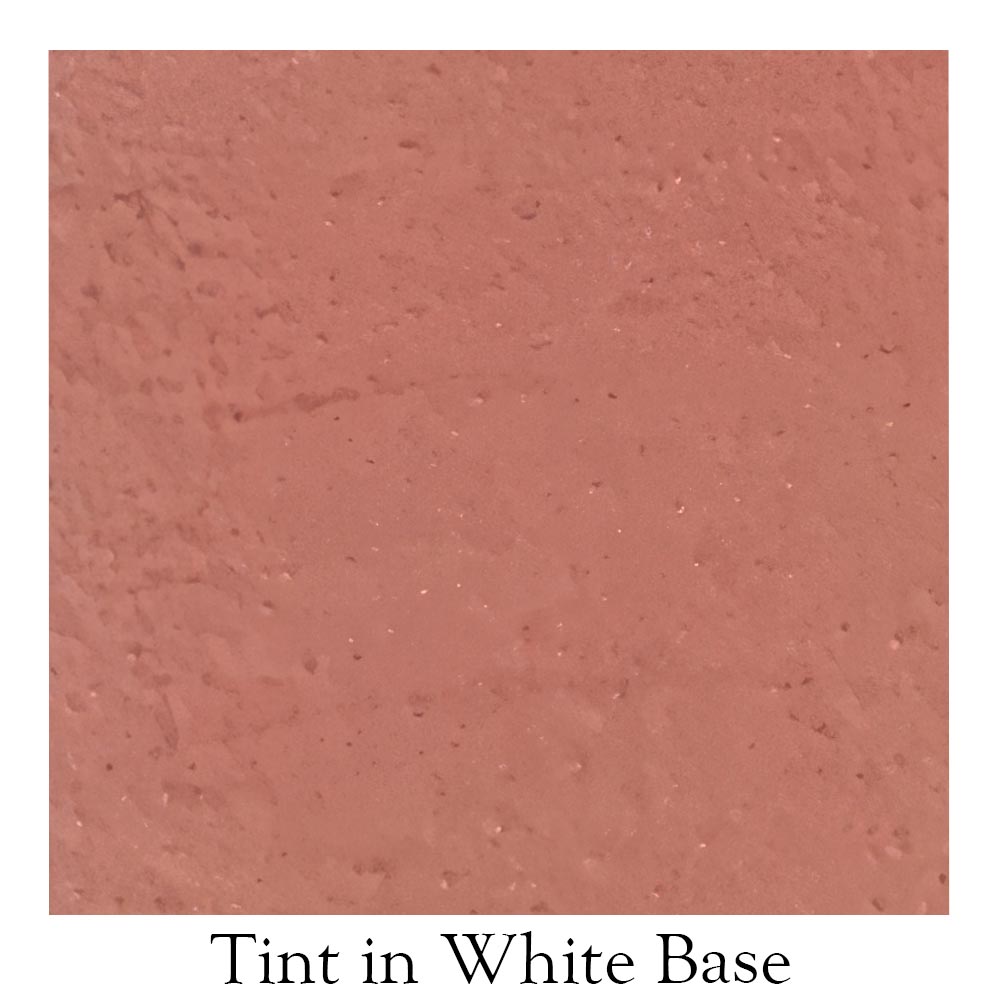
Primaries
The Primaries category is where bright artist colors are featured, often in primary colors.
A mixture of red/orange also called Signal Red, this exclusive color from our parent company in Provence is a mixture of PR 3 and PR1.

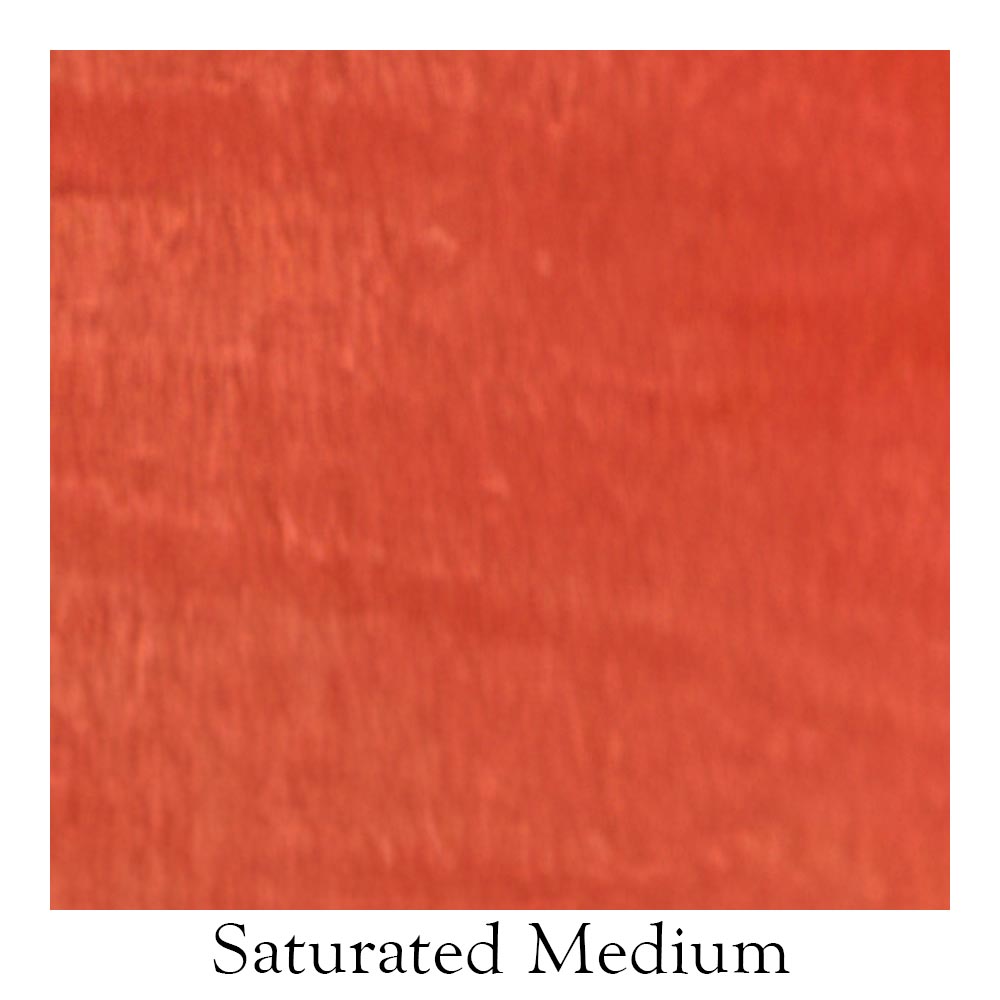

A reproduction color that saturates to a primary red in the magenta spectrum. Pigment color designation is PR 112 and would be similar to a primary Cadmium Red.
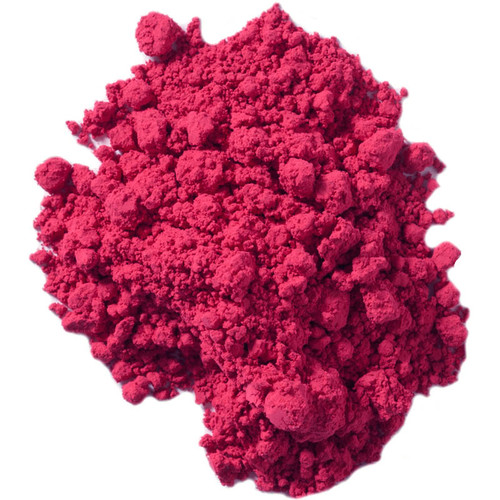

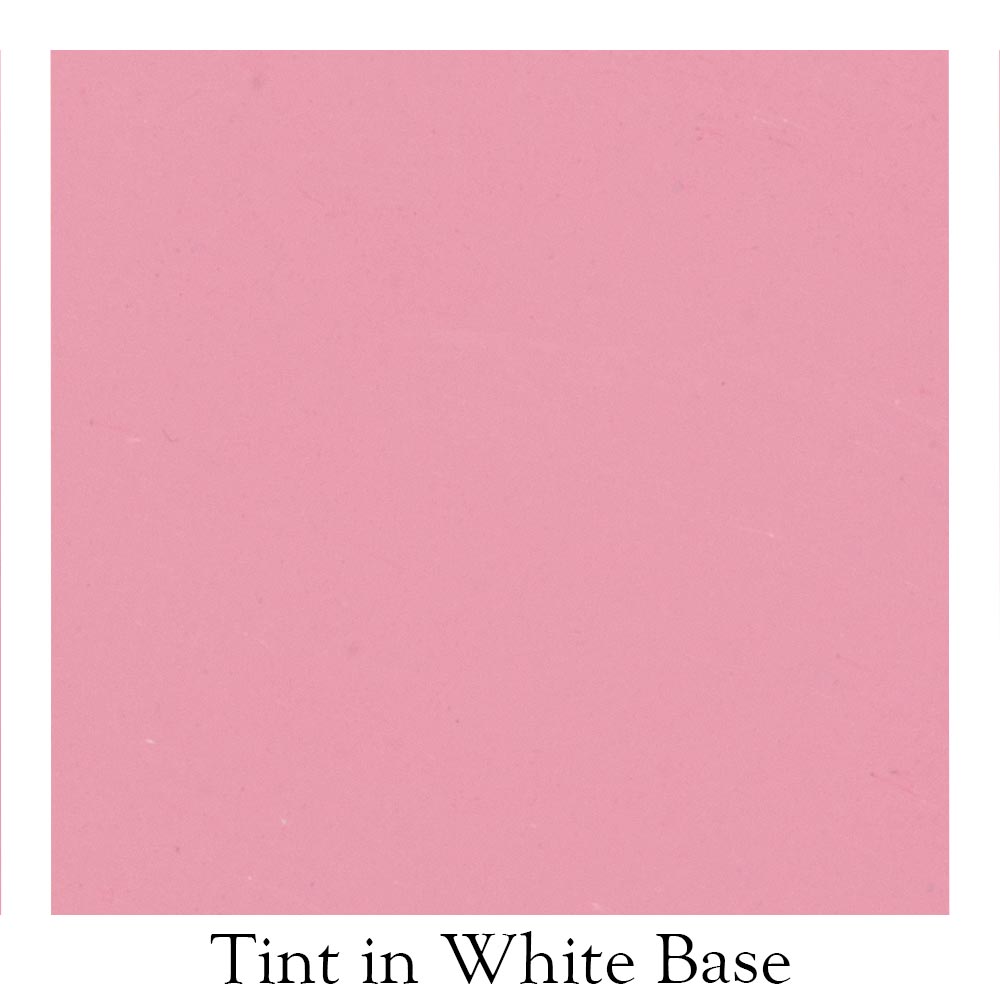
A reproduction of Cinnabar, this saturates to a bright red with orange undertones. This easy mixing red is designated PR 3 and would be considered similar to a Cadmium Red.
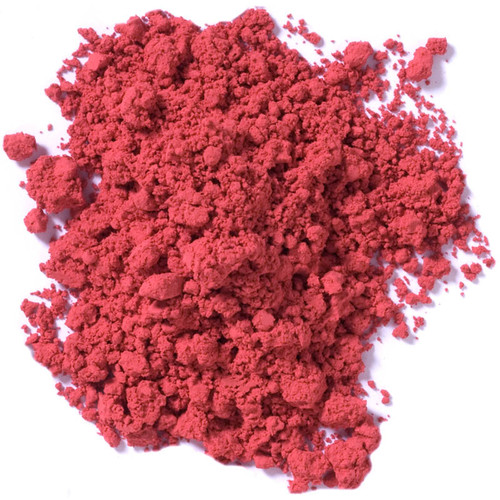
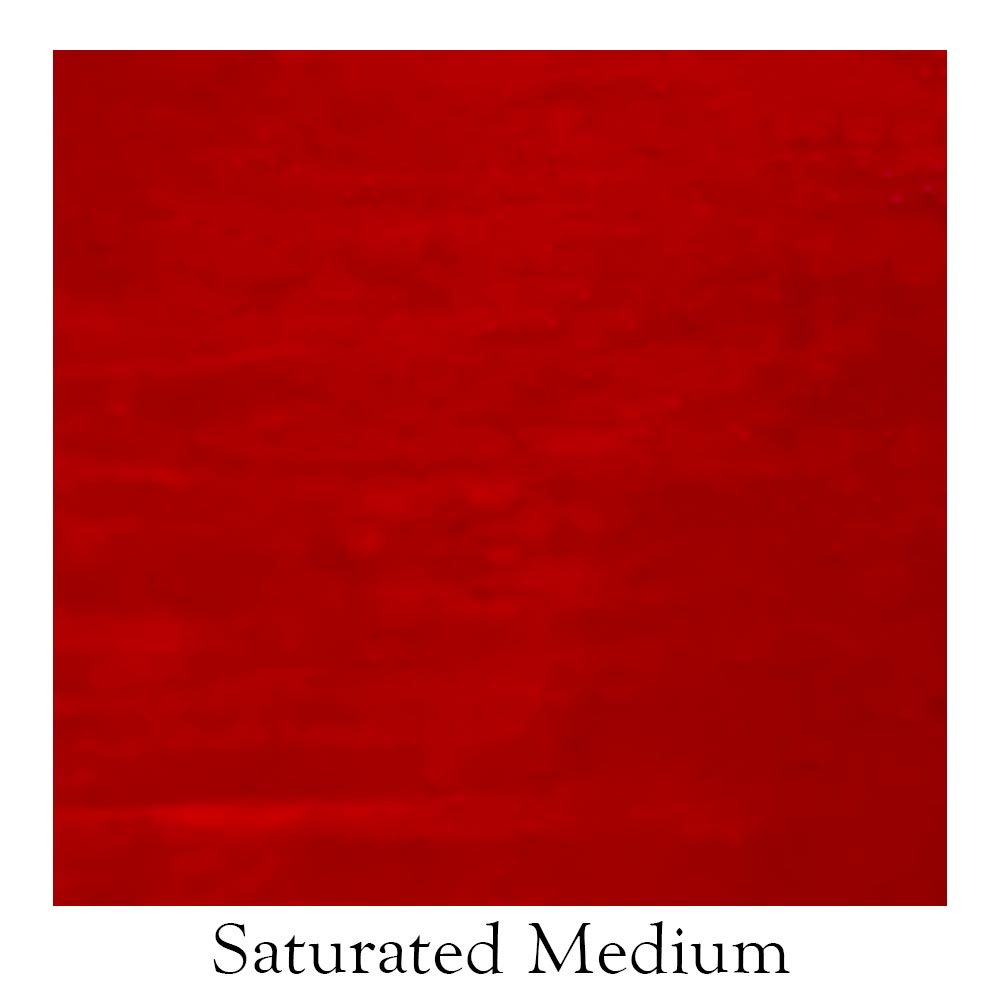
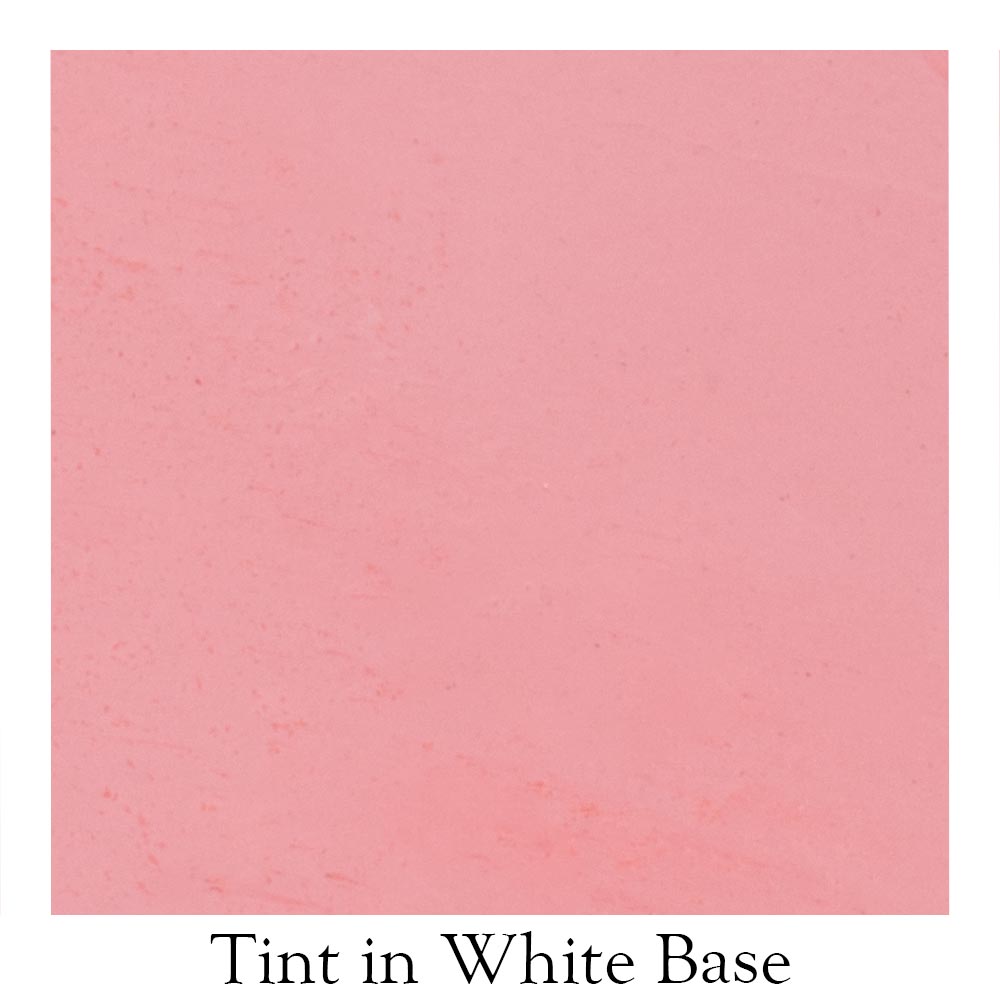
Oxides
Oxide Pigments feature strong tinting colors with excellent UV, suitable for all mediums including plasters and cements.
A strong red with a blue undertone. Our Red Iron Oxide is quite concentrated, being Pigment Red 101 which designates a manufactured Oxide from Germany. When working with opaque bases, this Oxide pigment will be able to produce a darker tone than any other red pigment.


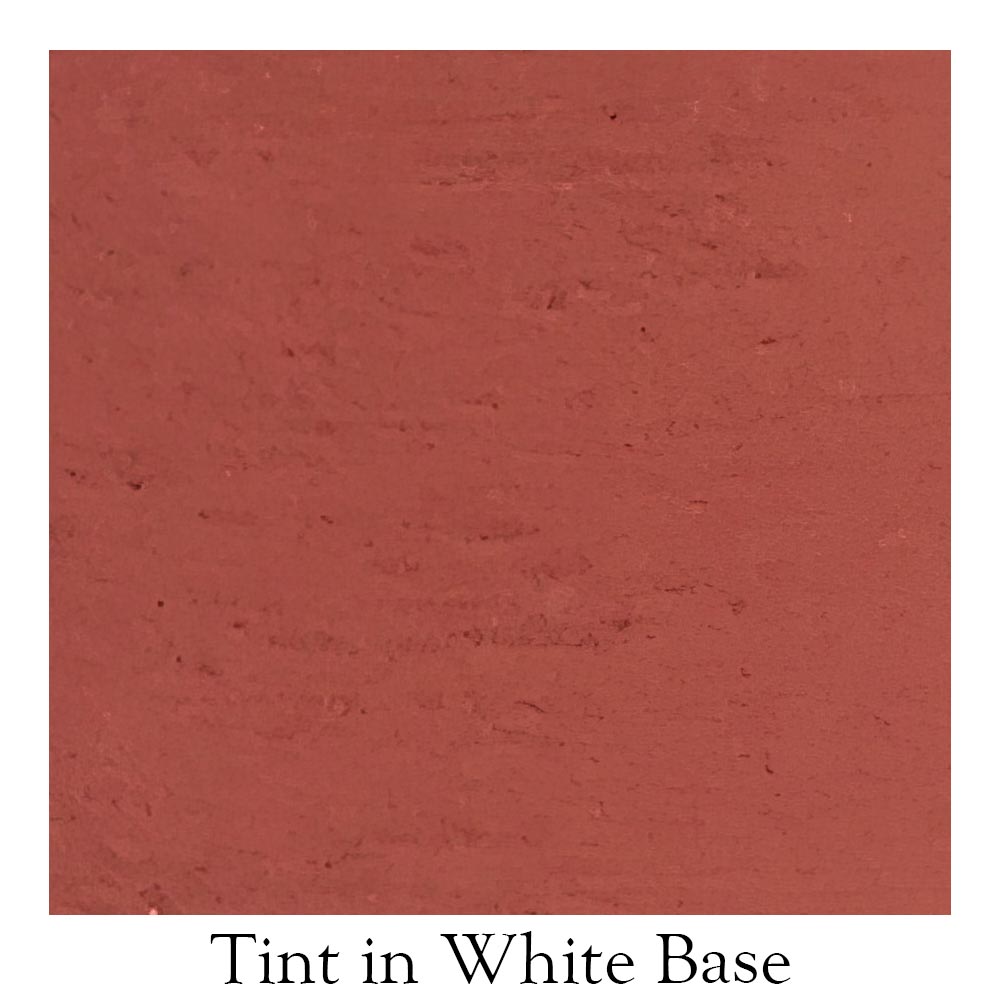
A strong red with a yellow undertone. Our Red Iron Oxide is quite concentrated, being Pigment Red 101 which designates a manufactured Oxide is from Germany. When working with opaque bases, this Oxide pigment will be able to produce a darker tone than any other red pigment.

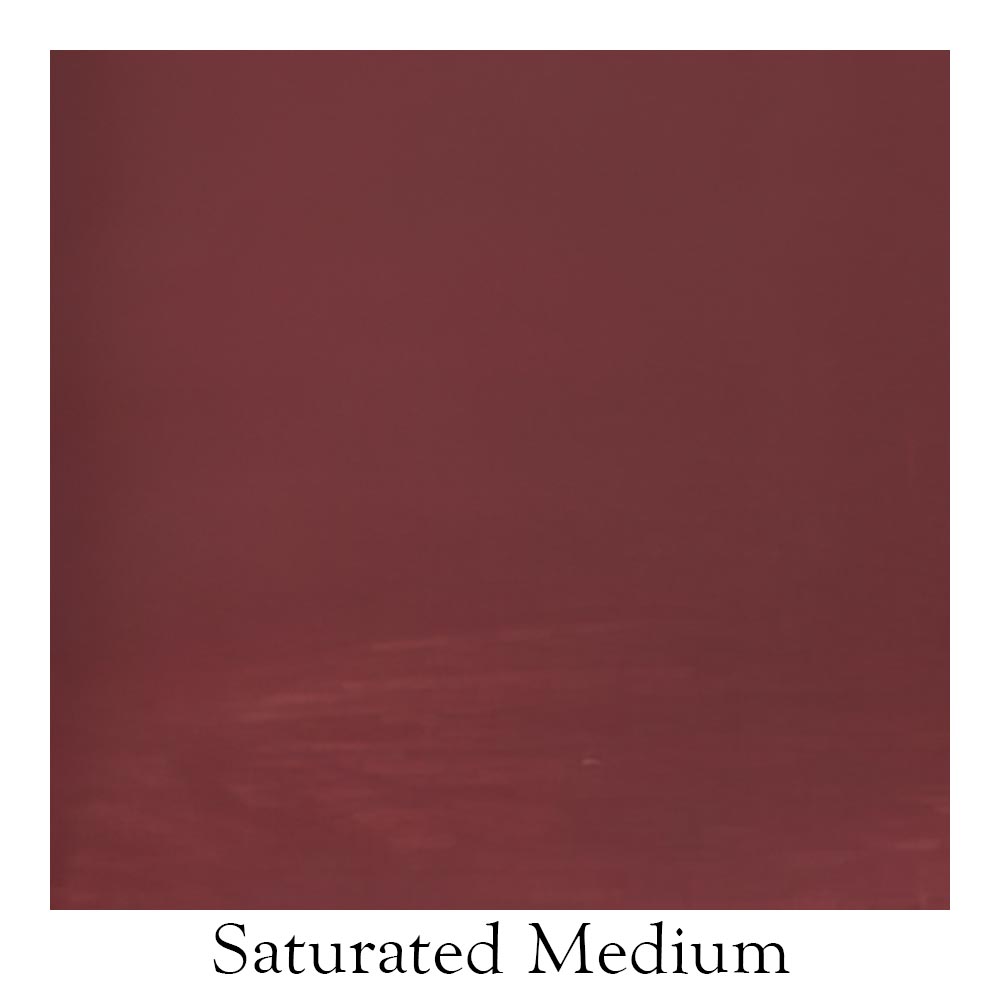

In conclusion, the importance of the color red cannot be understated. It's symbolism, and cultural importance make it such an exciting color to work with. Red pigments can be an important part of your personal expression as an Artist or Decorator too. I invite you to explore our selection of red pigments for the magic they can bring!

